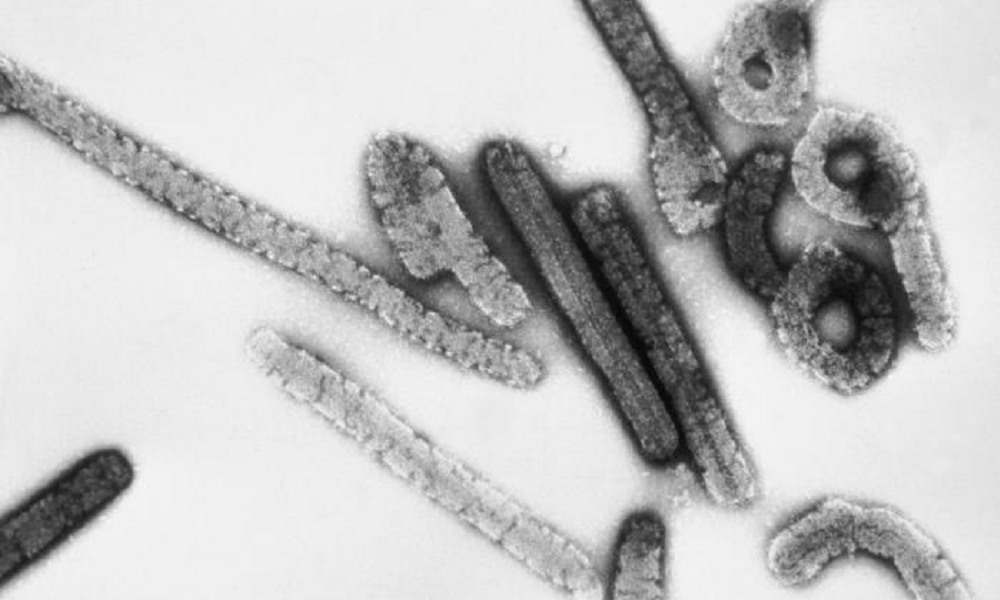Business
How to maintain high hygiene standards in a food factory

Maintaining high hygiene standards in a food factory is paramount for ensuring the safety and quality of food products.
With stringent regulations set by the FDA, food manufacturers must adhere to comprehensive hygiene practices to prevent contamination and protect consumers.
Here are some of the practices that manufacturers can implement to maintain high levels of hygiene inside factories.
Provide employee training
The foundation of any food factory’s hygiene program is the education and training of its employees.
Workers must be thoroughly trained in personal hygiene practices, including regular handwashing, the use of personal protective equipment (PPE) and proper behavior in food handling areas.
Employees should be made aware of the risks associated with poor hygiene and the potential consequences for both consumers and the company.
Continuous training programs and refreshers are vital to keeping hygiene practices at the top of their mind.
Supervisors should also enforce strict personal hygiene protocols including guidelines on clothing, jewelry and grooming to minimize the risk of contamination.
Create a strict cleaning schedule
To maintain consistent hygiene standards, food factories should develop and adhere to a strict cleaning schedule that covers all areas of the facility.
This schedule should outline the frequency and scope of cleaning tasks.
It’s essential to include detailed procedures for cleaning high-risk areas, such as food preparation zones, storage areas and waste disposal sites.
By following a structured cleaning schedule, factories can prevent the build-up of contaminants and ensure that all areas are maintained to the highest hygiene standards.
Sanitize equipment and workspaces
Effective sanitation of equipment and workspaces is crucial to preventing contamination in food production.
All equipment, tools, and surfaces must be cleaned and sanitized regularly, following the specific guidelines for each type of material and machinery.
A key aspect of this process is the use of disconnect switches. These switches are important for safely isolating electrical equipment during cleaning, ensuring that machinery is completely de-energized.
This helps protect cleaning staff from accidental start-ups and electrical hazards, making them a critical component of any cleaning protocol.
Utilize technology for enhanced hygiene
Advancements in technology offer new opportunities for maintaining and improving hygiene standards in food factories.
Automated cleaning systems, for example, can ensure consistent and thorough sanitation of equipment and workspaces.
Real-time monitoring systems are also useful as they continuously track hygiene-related metrics such as temperature and humidity.
These technologies can alert staff to potential issues before they become serious problems, enabling proactive management of hygiene standards.
By embracing innovations like these, food factories can enhance their hygiene practices and ensure the safety and quality of their products.
Maintaining high hygiene standards in food factories is not only a regulatory requirement but also a critical component of ensuring consumer safety and product quality.
By following these tips and implementing other essential practices such as pest control and hygienic storage and packaging, food factories can protect their operations from contamination risks and uphold the highest standards of hygiene.

-

 World1 week ago
World1 week agoEthiopian volcano erupts for first time in thousands of years
-

 Health1 day ago
Health1 day ago8 kittens die of H5N1 bird flu in the Netherlands
-

 Legal6 days ago
Legal6 days agoUtah Amber Alert: Jessika Francisco abducted by sex offender in Ogden
-

 US News5 days ago
US News5 days agoExplosion destroys home in Oakland, Maine; at least 1 injured
-

 Health6 days ago
Health6 days agoMexico’s September human bird flu case confirmed as H5N2
-

 Legal3 days ago
Legal3 days ago15 people shot, 4 killed, at birthday party in Stockton, California
-

 World6 days ago
World6 days agoWoman killed, man seriously injured in shark attack on Australia’s NSW coast
-

 Health5 days ago
Health5 days agoMarburg outbreak in Ethiopia rises to 12 cases and 8 deaths




